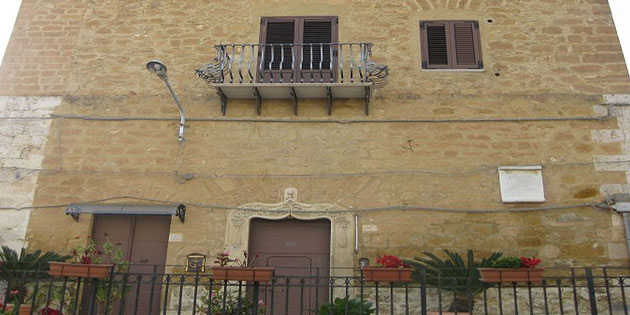Palazzo Joppolo in Cianciana

Alessandro Croce - CC3.0
Palazzo Joppolo in Cianciana is an ancient civil building born as a Saracen watchtower.
Built in the 10th century, it was first used as a watchtower and later as an observation tower of the lands where the Chincana salt pans were located. The tower took on the function of a residence in 1647 and was called Palazzo Joppolo, as its renovation was commissioned by Ludovico Giuseppe Joppolo, who became Duke of Cianciana in 1659.
The building has an imposing appearance, it is made of blocks of calcarenite of yellow-red colour, partly squared and partly opus incertum, it has a splayed volume, the corners in squared stone,... all characteristics linked to its original function. The appearance of a keep is partly lightened by the presence of scattered openings, some original, others made in later periods.
In the basement there are the cells used as prisons and an underpass that led to the west, towards the valley.
The only artistic element that enriches the facade is the stone portal, placed around the main door, in Tudor style, whose profile is made up of two inflected arches that meet as a cusp in the centre, and whose archivolt is decorated by bas-reliefs that reproduce geometric floral motifs. The Tudor style is very unusual to find in Sicilian architecture, it is instead typical of the English Gothic architecture that spread between the 15th and 17th centuries.
Palazzo Joppolo is also the birthplace of the poet Alessio Di Giovanni (1872-1946) . A plaque was placed on the facade in 1972, on the occasion of the birth of the poet Alessio Di Giovanni.


